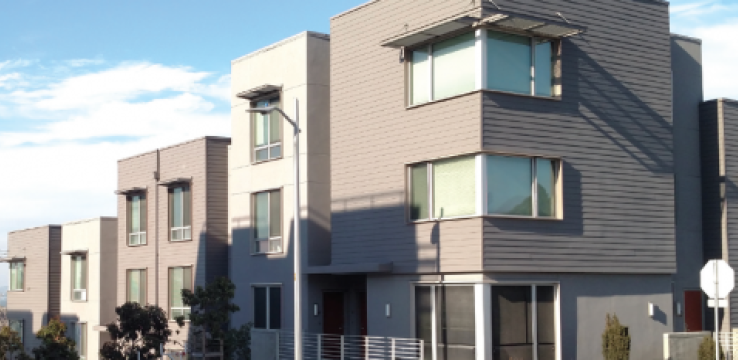One election won’t solve our affordability challenges, but we celebrate moments of progress like this. Proposition A is a $310 million bond to fund housing for low-, moderate- and middle-income San Franciscans, and it is the first affordable housing bond to pass in two decades. Two previous efforts — in 2002 and 2004 — failed at the ballot. SPUR’s President Gabriel Metcalf co-chaired the campaign, and it was SPUR’s top priority for the 2015 ballot. Its success points both to the fact that the voters understand the need for affordable housing funding to solve the housing crisis and that broad coalitions are key to passing affordable housing measures. There are so many forces pulling to have “growth wars” in San Francisco, but when we can overcome the political divisions and unify around a strategy, we can attain successes like this. While the bond won’t solve the housing crisis, it is an important step toward the goals of investing more than $1 billion in housing over the next five years and accelerating the delivery of 30,000 new units of housing by 2020.
Proposition K updates the city’s surplus land ordinance to make it more likely that these lands will be developed as affordable housing. Since land in San Francisco is so expensive and the competition for sites is ferocious, making use of city-owned land is a sensible way to support the construction of affordable housing. Proposition D paves the way for the Port of San Francisco-owned parcel just south of AT&T Park to be developed with 1,000-1,950 housing units, along with a mix of office, retail and new parks. The parcel sits at the edge of Mission Bay, and provides a key opportunity to add density and variety needed in this part of town. Opportunities for these kinds of “megaprojects” are few and far between, so it’s essential to maximize the remaining opportunities and get them right. (Since height limit increases on port property are now subject to voter approval, the ability to develop this site was not a given.)
Lastly, Proposition I, which would have created a moratorium on housing construction in the Mission, failed at the ballot with 57 percent of voters opposed. One of the most contentious measures on the 2015 ballot, Prop I is unlikely to be the last effort to curtail housing via ballot box in this economic cycle, but SPUR was heartened by the fact that voters were willing to reject a measure intended to slow down the supply of housing.
The success of Propositions A, K and D signify that voters support broad-based solutions to the housing crisis, including new funding for affordable housing. However, this assumption is likely to be tested in 2016 when more contentious measures may be placed before voters.

